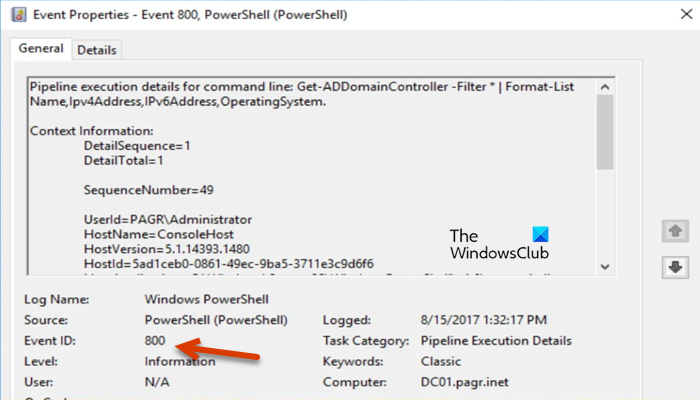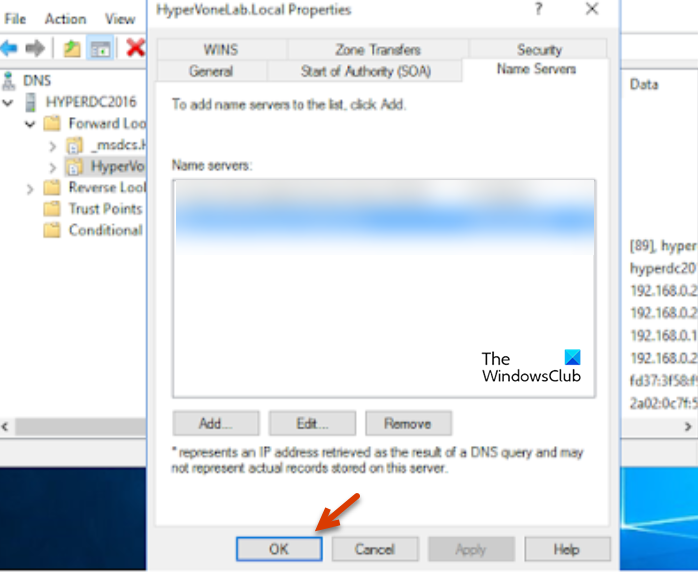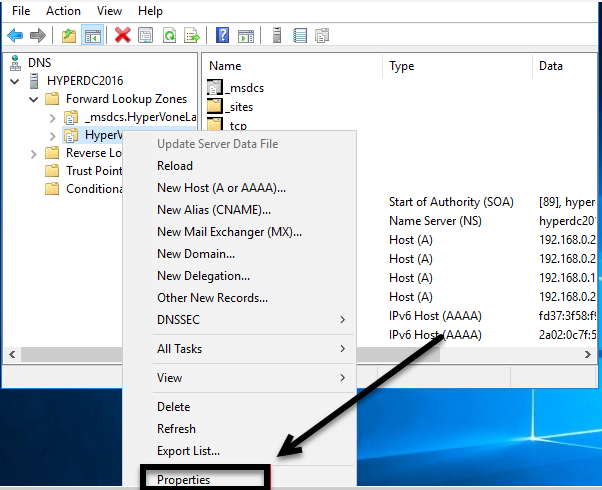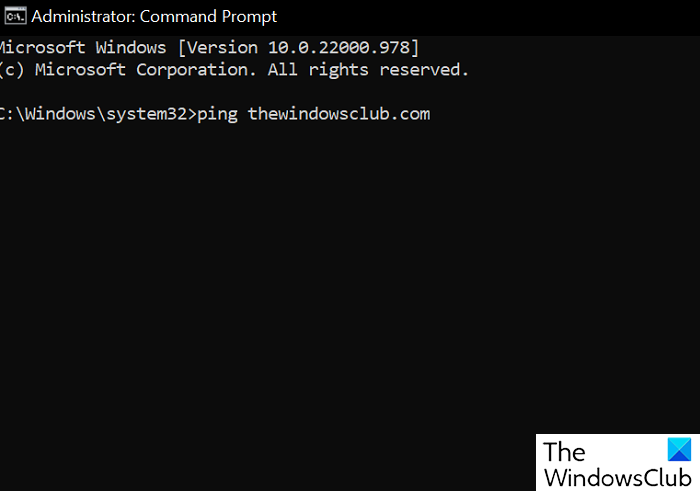Event ID 800 means that the DNS is not able to resolve the primary server address. One of the reasons why this would happen is that during the DNS resolution process, your system is unable the pinpoint the correct IP address. The one that is linked to the domain names that you want to connect to. Because of this, one will experience slow Internet as well as some abrupt loss of connection. In this post, we will see how you can resolve Event ID 800 on a Windows computer.
Pipeline execution details for command line Get-ADDomainController-Filter | Format-List Name pylAddress, IPv6Add OperatingSystem.

What is the Event ID 800 in Windows?
Event ID 800 will slow down the Internet and cause various network issues. It is registered when there are some mistakes in the configuration of zones. Here, a zone is set to accept updates; however, the A record of the primary server in the zone’s SOA record is unavailable on this DNS Server. In this post, we will see how you can resolve the conflict in Zone and check the DNS Settings.
Fix Event ID 800 on Windows computer
If you want to resolve Event ID 800 in Windows 11/10, follow the solutions mentioned below.
- Resolve the Zone SOA configuration issue
- Check the DNS Configuration Settings
- Check if the client system can reach the host
Let us talk about them in detail.
1] Resolve the Zone SOA configuration issue

Event ID 800 occurs when a zone is configured to take updates but the A record for the primary server in the zone’s SOA record is absent on the current DNS server. To resolve the issue we need to rectify the zone settings using the following steps.
- Go to the DNS Server, click on Start, and search out “Server Manager”.
- Once the Server Manager is launched, go to Roles > DNS Server > DNS.
- Now, right-click on the DNS Server and then click on Properties.
- Then move to the Start of Authority (SOA) tab.
- Now check if the Primary server is correctly listed. If not, make the required changes.
- Next up, click on the Name Servers tab and then check if the IP address is correct.
- If the IP is incorrect, click on Add and then enter the correct one.
- From the right panel of the window, you need to check if there is a host for the zone. It can be A or AAA.
- In case, there is no host, right-click on the Zone and then select New Host.
- Enter the required details and save the changes made.
Hopefully, your issue will be resolved.
Read: Event ID 154, The IO Operation failed due to a hardware error
2] Check DNS Configuration Setting

Next up, we need to check and ensure that the issue is not caused by some misconfiguration in the DNS settings. We can pretty easily check that and if needed quickly resolve it as well. Follow the steps given below to do the same.
- Launch Server Manager on your Windows Server Machine.
- Go to Roles > DNS Server > DNS.
- Now, right-click on the DNS server and navigate to Properties.
- Once reached, expand the Zone folder, right-click on one of the zones, and choose Properties.
- Check and make sure that every value that you have entered there is correct.
In case the entries are not correct, you may need assistance from your IT admin to correct them or if you are professional do it by yourself, but the aim to is enter the correct values for each field.
3] Check if the client system can reach the host

We should also check if the client system can reach the host using the Ping command. To do the same, open Command Prompt and type the following command.
ping <hostname> or <hostip>
Make sure to replace <hostname> and <hostip> with the actual hostname and IP address of the destination. If it says “Ping request could not find host hostname”, the client is unable to reach the host.
We hope you can resolve the issue using the solutions mentioned in this post.
Also Read: Fix Kernel-PnP Event ID 411 on Windows
How to run Event Viewer from CMD?
To open Event Viewer from the Command Prompt, hit Win + R, type “cmd” and hit Ctrl + Shift + Enter. When the UAC prompt appears, click Yes to continue. Once the Command Prompt is open in elevated mode, type eventvwr and hit Enter. This command will launch Event Viewer for you.

